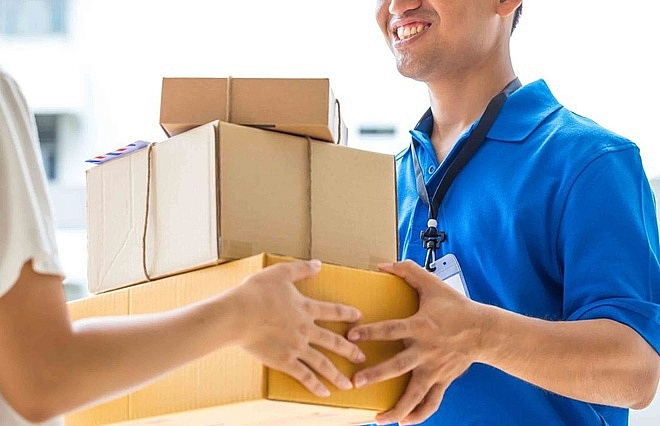E-commerce growth burdens logistics across Southeast Asia
 |
| Logistics does not keep pace with the growth of e-commerce in Southeast Asia |
A survey from iPrice Group – a Malaysia-based online shopping aggregator – revealed that over the social distancing in April and May, good delivery times increased by 52 per cent to 2.8 days per order, nearly one day more than before the pandemic.
Regarding the issue, Lai Chang, co-founder cum managing director of delivery company Ninja Van said that consumer demand for online shopping has skyrocketed, resulting in the rising number of parcels to be shipped. In April and May, traffic on Lazada, Shopee, and Zalora grew by 60 per cent.
Moreover, most packages are bulkier due to the shift from purchasing clothes to a large number of canned foods due to the need for food storage over the pandemic.
On the other hand, since COVID-19 broke out, the working hours of shippers have been cut to assure their safety, affecting consumers’ online shopping experience over the past time.
According to Parcel Monitor, also in April and May, complaints about lost goods increased significantly against the time before the health crisis.
A survey from Google and Temasek showed that the scale of e-commerce in Southeast Asia reached $38 billion last year, up 600 per cent within four years. The value is even forecast to extend to $150 billion in 2025.
Meanwhile, logistics in the region seems to be inferior. According to the World Bank, while developed countries only spend several per cent of their GDP on logistics, the figure in Southeast Asia is up to dozens of per cent, including Indonesia’s 24 per cent – the highest rate.
What the stars mean:
★ Poor ★ ★ Promising ★★★ Good ★★★★ Very good ★★★★★ Exceptional
Related Contents
Latest News
More News
- First members of Danang International Finance Centre revealed (December 22, 2025 | 17:39)
- Human-centred governance seen as key to AI development (December 19, 2025 | 18:19)
- Top 10 notable events of Vietnam’s industry and trade sector in 2025 (December 19, 2025 | 14:00)
- Tungsten surges to 12-year high as world enters a new 'black gold' race (December 18, 2025 | 17:27)
- Vietnam’s coffee exports set new record despite price pressures (December 18, 2025 | 17:13)
- Garment and textile sector seeks new growth after volatile year (December 18, 2025 | 17:01)
- VinSpeed and Siemens strengthen cooperation for high-speed rail development (December 18, 2025 | 16:53)
- High-tech adoption for TH true MILK (December 18, 2025 | 13:39)
- Takeda supports health resilience amid climate change challenges (December 18, 2025 | 12:39)
- Mondelez Kinh Do - a chapter of purpose-led leadership in Vietnam (December 18, 2025 | 09:44)

 Tag:
Tag:

























 Mobile Version
Mobile Version